I have a list of items, each with its own code, that I would like the user to rank in an arbitrary order of preference 1st to 5th. Not all items need to be ranked. However, each item should only be ranked ONCE (no duplicates). My sample table of records is as follows:
ID 1st 2nd 3rd 4th 5th 1 U74 L65 G56 N28 M82 2 N28 A11 L65 P37 L65 3 H72 R99 B42 Y95 G56 4 T63 C58 P37 B42 C58
(In this instance, user ID 2 and 4 have duplicate codes L65 and C58 respectively)
Checking and highlighting duplicate codes in a single row is easily done with conditional formatting. The problem I'm running into is how to "copy" the formatting to the rest of the rows. My actual dataset has over 300 records, so doing it manually for each row is not really an option.




